The Crazy Grass Lady’s Crazy Grass Guide to Brown Patch
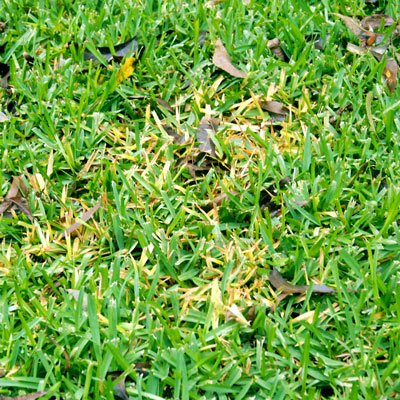
Early Signs of Brown Patch
It is a beautiful September morning, the birds are singing, the squirrels are dancing under the Oak trees, the electricity bill for your AC looks like it might actually be affordable this month, everything is perfect until you look out the window and see a massive brown circle in a lawn that was stunningly green just the day before.
That’s right people it is Brown Patch season in South East Texas again. Do not fear! although Brown Patch is very common and can cause significant damage there are many simple and effective measures you can take to protect your lawn from unsightly brown blotches. Below is a simple list that will help you understand, prevent and protect your lawn from nuisance fungus this fall
- Brown Patch is a fungus that causes discoloration and patchiness in St. Augustine lawns
- It’s activated by high humidity and moisture coupled with cool to hot temperature transitions (I.e. a wonderful Fall day when it’s 68 degrees at 6 am and 88 degrees mid-afternoon)
- It normally affects lawns in Spring and Fall but can appear at other times of the year if similar weather conditions occur.
- Brown Patch normally affects lawns in the same areas each time – the fungus remains dormant in the soil until activated by weather conditions.
- Active Brown Patch
- Dormant Brown Patch
- Extensive Brown Patch
- Damage is most likely:
- The appearance of damage can vary wildly but is most common seen in circular shapes with a yellow-brown outline and green grass in the middle.
- Left untreated brown patch can continue to grow and expand over large areas of the lawn, that being said it may also resolve itself if weather conditions change to be consistently hot, cold or dry.
- Whilst I love blaming lawn crews for lawn damage Brown Patch is rarely if ever caused or created by them, that being said moderate to heavy traffic on active infection is very likely to make the damage both more severe and spread to a larger area. Ideally infected areas should be avoided if at all possible.
- Preventive chemical treatments (fungicide) can be effective but often need applying regularly if weather conditions persist. Post-emergent chemical treatments follow the same rules.
- If you find yourself having to apply chemical fungicide multiple times with a relatively short time period, alternate products with different active ingredients to avoid the lawn building up resistance.
- Best Cultural controls are:
- The best long term solution to brown patch is to adopt organic lawn care practices, aerating and top dressing regularly alongside resolving any drainage issues and low spots. Compost and/or peat moss can be applied to areas that regularly get Brown Patch as a preventative measure or after damage has been seen as a recovery agent.
- Aeration
- Compost Topdressing
- Ensure Good drainage

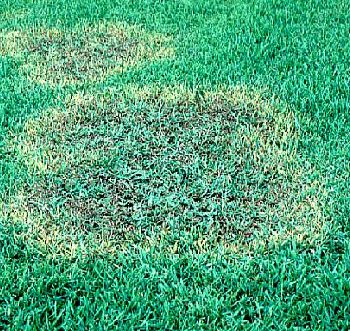
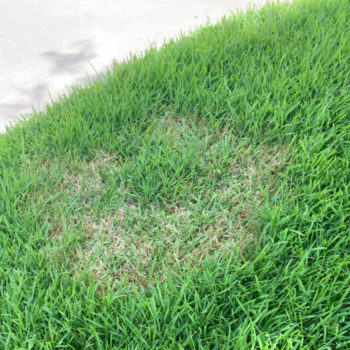
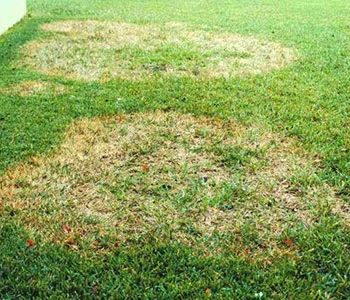
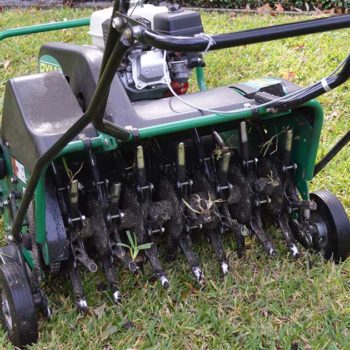
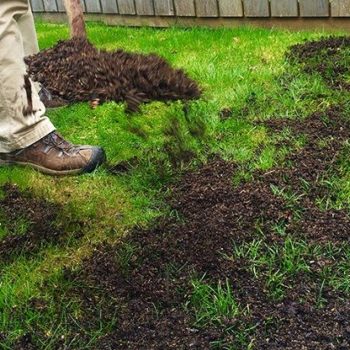
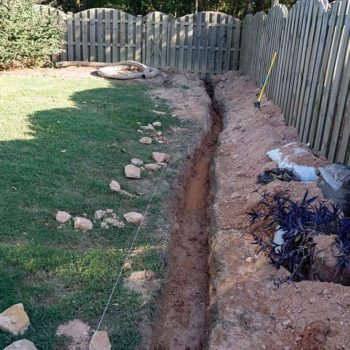



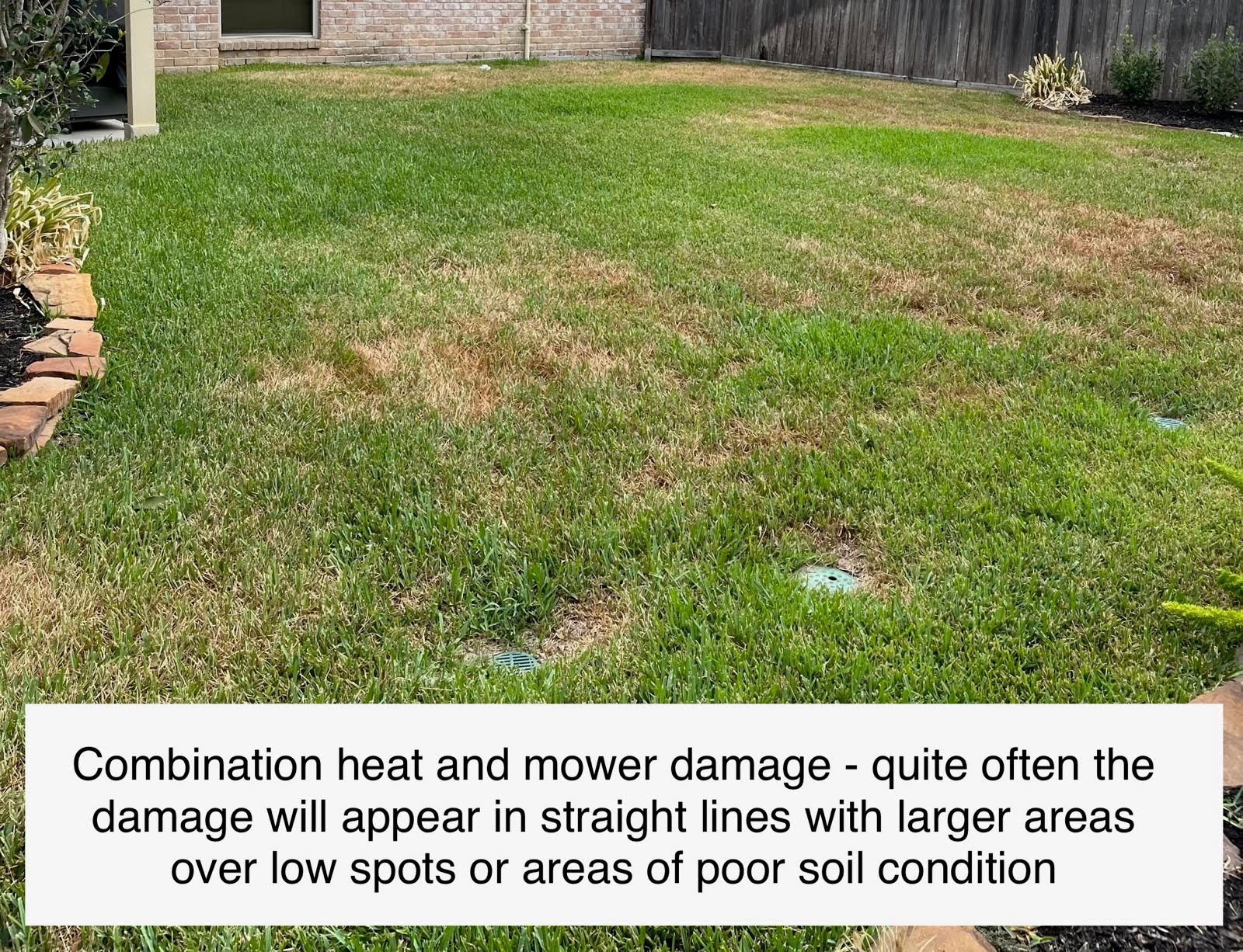
Leave A Comment